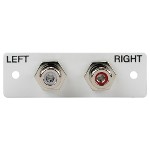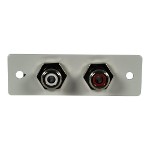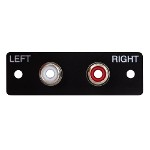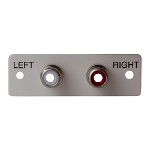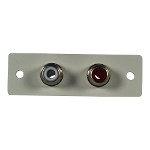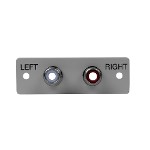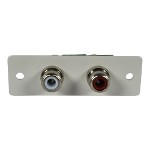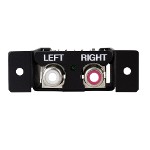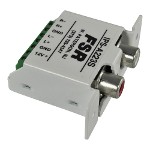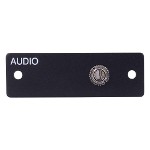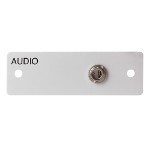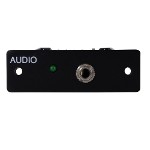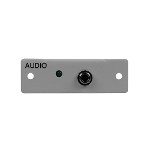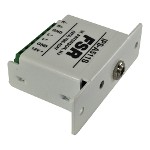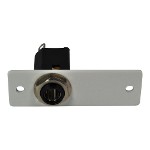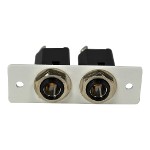Snap-Ins
Wall, table, floor, and ceiling boxes are the backbone of connectivity and power availability in multiuser setups like conference rooms, classrooms, or collaborative workspaces. These boxes make it possible to keep cables tidy while offering quick connection points for things like audio, video, data, and power. What really makes these boxes versatile are the snap-ins nestled inside these boxes.
What Are Snap-Ins?
Snap-ins are modular connectors or interface plates that can be popped into the faceplate of a box. They are the little building blocks for making a power and connectivity box truly beneficial for its users. Each snap-in is used for a specific type of connection, and the user can mix and match them depending on what kind of devices people will be plugging in.
If the snap-in is going to be used in a conference table box. It might
benefit more from a snap-in for HDMI, another for USB-C, and a couple for
power outlets. Maybe even an Ethernet jack.
The snap-ins allow users to securely include connectors in the box, which
are easy to replace or upgrade when your technology changes.
|
| |||
|
|
|||
|
|
|||
|
| |||
Where They are Used
Snap-ins can be installed in boxes placed in:
Walls: Great for TVs, control panels, and fixed displays
Tables: Common in meeting spaces for laptop, AV, and charging access
Floors: Ideal for open rooms where wires would otherwise cross walkways
Ceilings: Often used near projectors or ceiling-mounted speakers
The goal of a snap-in plate is to provide clean, structured connection points exactly where they are needed, without running visible cables across floors or desks.
The best part about using these snap-in plates if there is ever the need to change the setup, like switching from VGA to HDMI, users do not have to replace the whole box. Just swap out the snap-in.




